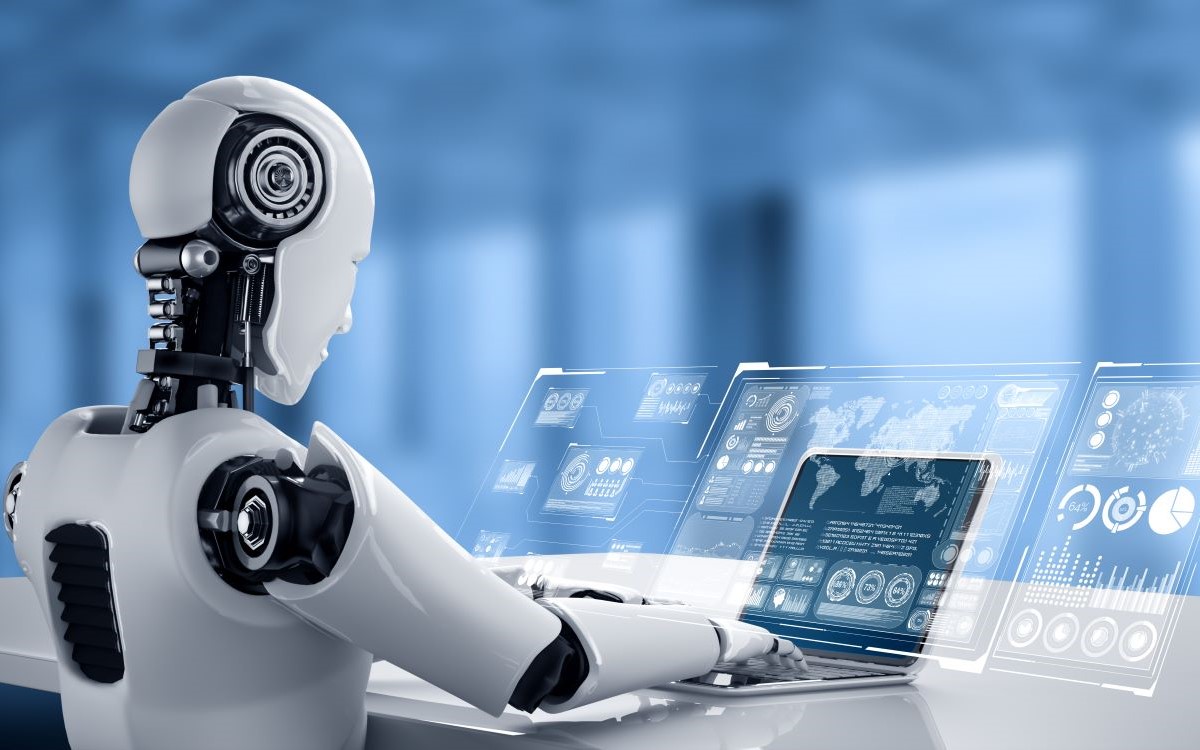What exactly is Sustainability Transformation anyway?
Fujitsu / April 24, 2023
There is a growing consensus that Sustainability Transformation is an essential step for businesses to ensure their longevity, and the urgency to make it happen has never been greater. But there could be a fundamental bottleneck preventing some businesses from fully embracing it: a lack of clarity about what Sustainability Transformation actually means.
In this article, Sarah-Jane Littleford, Head of Responsible Business, Fujitsu Global Services Technology Solutions Business Group, provides a clear definition and some expert advice on how to start your business on the path toward a successful Sustainability Transformation—and a successful future.
A buzzword or a necessity?
For businesses, the only thing more terrifying than change is extinction. And whether they like it or not, successful leaders must acknowledge that the former is absolutely necessary to prevent the latter. The problem is, there always seems to be a new recipe for “change” making headlines. This can create confusion, cynicism and, worst of all, inaction when it comes to pursuing the changes that prevent the worst outcomes for business and society.
I have a confession to make: We in the tech industry are as guilty as anyone for playing a role in this confusion. We throw around terms like “Digital Transformation,” “Agile Transformation,” and “Business Process Optimisation” and expect our customers to accept that these often difficult, usually expensive initiatives are in their best interest. They certainly could be, but I think we need to do a better job explaining these terms and why they are beneficial.
Which leads us to another term that is near and dear to my heart, but one that may also lead to scepticism, anxiety or flat-out rejection if not properly explained. And that’s precisely why I’m grateful for you taking the time to read on about Sustainability Transformation, starting with the most basic point of all—what exactly does it mean?

Making it real
In the latest edition of the Fujitsu Technology and Service Vision, we define the concept of Sustainability Transformation as:
“[T]ransforming business using digital innovation to bring about positive change in our environment, society and economies. To make this a reality, organisations need to change the mindsets of their people. They need to change business processes and value propositions.”
There’s a lot to unpack in that statement, so let’s start by breaking it down point by point to see how this concept materialises in the real world.
1.Assessing materiality
First, it’s important to keep in mind that “positive change” will mean different things to different organisations. And that’s why a great place to start is a materiality assessment. This is how an organisation clearly defines its environmental, social, and governance (ESG) policies, goals and KPIs. The reason that this is such an essential first step is that this is how you come to understand what ESG factors are affecting your organisation, but also, what impact they are having on the wider world. By doing this, you establish criteria for decisions made around sustainability in the long-term.
How do you get the ball rolling on your assessment? It begins by assembling a cross-functional team of the various process owners who will play a role in establishing and carrying out your ESG policies. They will identify the various internal and external stakeholders that will be impacted. Based on this analysis, leaders can begin to create a fact-driven approach to ESG policies using definitions, methodologies, digital tools, and success metrics that are shared organisation-wide. This is crucial in delivering results that are most like to “bring about positive change in our environment, society and economies” – which, you will recall, is part of Fujitsu’s definition of Sustainability Transformation.
2.Building trust
Now that your decision-making framework is in place, it’s time to settle on the type of ESGs to focus on. Fortunately, you can draw inspiration from the 17 Sustainable Development Goals (SDGs) that the United Nations has proposed as a way to make a positive impact on society and the environment. This brings us to the second part of the definition of Sustainability Transformation: “To make this a reality, organisations need to change the mindsets of their people. They need to change business processes and value propositions.”
It’s important to remember that Sustainability Transformation is actually organisational transformation, and once you commit to a goal, it’s imperative that your entire workforce—from the C-suite on down—have a clear vision of how to achieve it. A recent study from Edelman found that 86% of US investors believe that companies frequently overstate their achievements and that 72% believe that companies won't achieve commitments. To avoid falling into the category of a company that talks the talk without walking the walk, it’s vital to build a business case for why this transformation is necessary. Read more on that topic in this article that Fujitsu produced in collaboration with the Financial Times.

Mindset shift in action – Fujitsu employees are taking the initiative to embrace Sustainability Transformation efforts in their own ways.
In summary, buy-in from executives and employees at every level about the societal and economic benefits is the only way to make Sustainability Transformation a reality. Without that, the lack of trust I mentioned above is justified, and that jeopardises the entire concept of a business working in harmony with society and the environment—a fatal flaw as we navigate unprecedented challenges.
3.Being resilient
Now that we’ve learned how bringing about a positive change is linked to organisation-wide mindset shift (the essence of Sustainability Transformation), there’s one more point to touch on: the importance of resiliency. Times change, situations change, needs change. Inevitably, your Sustainability Transformation efforts will also need to be adapt from time to time to keep up with these changes. Fortunately, “using digital innovation” is baked into our definition of this term.
As long as you’ve done the work of creating a foundation for decision-making based on your materiality assessment and encouraging a corporate culture that embraces the necessity of a more forward-thinking business model, you’ve done the tough work that enables you to pivot as circumstances require. Digital tools can help get you started, and also help you make those pivots with agility and relative ease. Even if it means revising your ESG priorities, the structure you’ve built internally has the resiliency to rebound and make the improvements that strengthen trust and drive positive outcomes.
No time to wait
The last point I want to emphasise is that we are in an era in which Sustainability Transformation is no longer a nice-to-have, it is a must-have if we want to continue to have a functioning society in the years to come. It’s clear from scientific research led by the Intergovernmental Panel on Climate Change (IPCC) that we will reach 1.5C warming across the world – but we can’t let perfect be the enemy of good in this case. While avoiding 1.5 is now impossible, it’s still very possible to avoid a 2C rise. There are many points for optimism: there’s been significant growth in wind and solar energy supplies and costs; we’ve seen huge impacts from society-led activism; and – most importantly in my opinion – there is significant scope for technology-enabled improvements across all industries.
I understand that this is easier said than done, but hopefully this article has been helpful in defining Sustainability Transformation and providing some starting points on how it can be achieved.

Explore the Sustainability Transformation content available through our partnership with the Financial Times and CNN.
That being said, there is no one right way to go about it, so I encourage you to take a look at some of the stories we’ve compiled in the Forward, Better podcast Fujitsu produced in collaboration with CNN, and explore key learnings in the Sustainability Transformation in action series we created with the Financial Times. Discovering the art and science of Sustainability Transformation will give you a clearer picture of the opportunities and achievements that are possible, while also not shying away from the potential pitfalls and challenges you’re likely to face along the way. I can’t promise that this will be an easy journey, but I guarantee that it will only become more daunting the longer you wait. We as Fujitsu are thinking about how we can make a long-term and positive impact on the future – with the right technology applied for the right industry, we can drive step-changes for a low carbon future. It’s now or never for your business and the planet.

Related information
Editor's Picks









